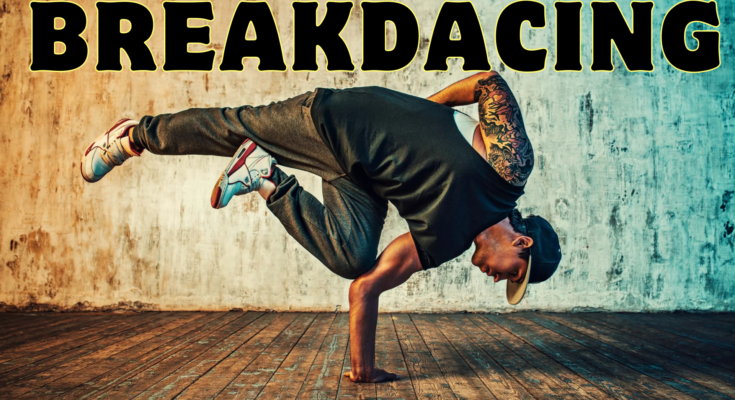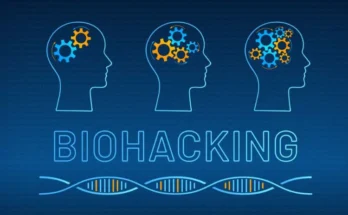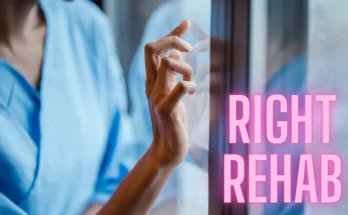Hey People! B-boying or B-girling, also known as break dancing, is an exciting b-boy/b-girl movement of daylight alongside elements of athleticism, artistry, and flair. The flip, where dancers flip their heads on the floor in a rapid motion.
In today’s article, we will try to answer the questions: are breakdancing head spins dangerous, what are the potential threats to the body, and how can the dancers minimize these threats?
It is important to familiarize yourself with how head spins in break dancing look like before we get into the possible dangers. In the move, the dancer has to stand on the head and then turn with a fast spinning movement, normally supporting the body with hands or arms.
In the particular spinning, the head rotates with everyone else following the motion while positioned at the top of the dancer’s head. Let’s begin.
Table of Contents
The Physics Behind Head Spins
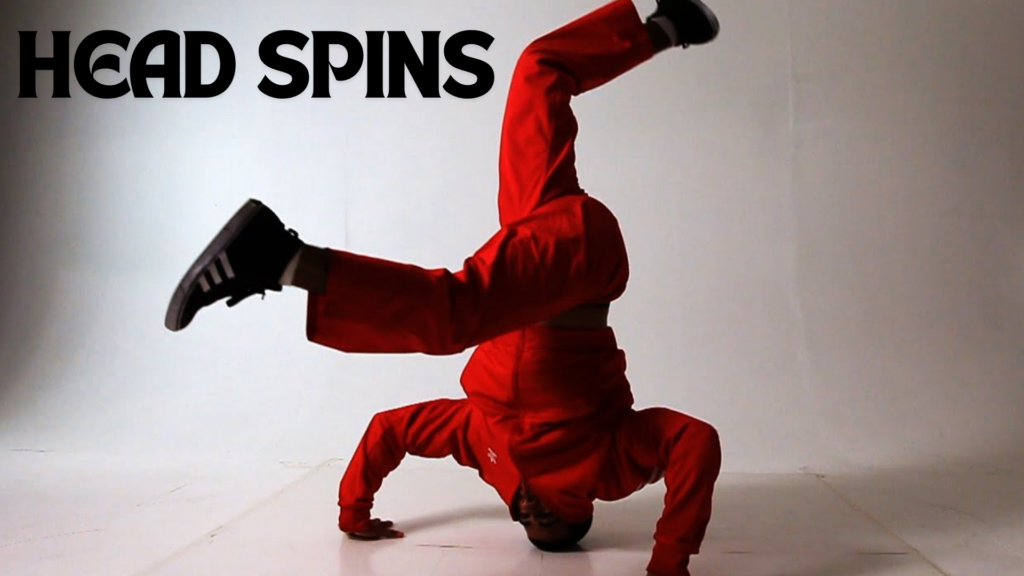
A head spin, like other kinds of rotatory movement, has some physical characteristics that lead to it. That force is applied through the leg and arm movements whenever a dancer decides to, for example, spin around. This momentum is then transferred to the head, which has virtually been identified as the pivot.
The faster the dancer is spinning, the higher the centrifugal force, which pulls more stress on the neck and the muscles around the cervical spine (neck area).
Despite appearances, the head spin puts pressure on the cervical spine, the body part that supports the head. Such repeated stress, especially if exercised at high speeds, can cause injuries in the neck and the brain if the dancer is not careful.
The Dangers that Pestering Members Undertake in the Neck through Performing Head Spin in Breakdancing
Cricks in the Neck and Muscle Stress
The main danger of head-spinning is the strain on the neck muscles. During a head spin, the neck is under pressure from bearing the body weight and experiencing the force that comes with the spin pulsation. As a consequence of these head spins, muscle tiredness, joint rigidity, and pain in the cervical area can occur.
According to one of the information sources, including the American Chiropractic Association, the cervical spine is relatively susceptible to injuries because of its mobility and the amount of stress it undergoes during physical exercise. Two symptoms that can be considered chronic are muscle tension in the neck and restricted mobility of this part of the body in dancers who often do head spins.
Whiplash and Hyperextension
Whiplash is an injury caused by being snapped back and forth, causing damage to the muscles, ligaments, and tendons in the neck. During head spins in breakdancing, the dancer’s neck undergoes similar motions, which could result in a whiplash-like injury if they are improper or if the head spins are performed at high speeds.
A study conducted in the Journal of Dance Medicine and Science showed that frequent high impact and rotational arcs like the head spin get the dancers at high risk of cervical spines-related injuries, inclusive of whiplash, cervical sprains, and hyperextension.
Spinal Disc Injuries
These are seven cervical vertebrae described by a pair of C1 and C2 pillow-like discs that serve as cushions. These discs are capable of compression and injury in instances such as head spin and other tackles.
In the years, possible pressure to a Herniated or slipped disc results from the continuous force exerted by the cervical spine during head spins. This is because the Herniated disc occurs when the inside soft tissue of the disc has bulged out and is pressing on the nerves.
According to a study in the Journal of Neurosurgery: Spine, when there is ‘repetitive stress on the cervical spine, the discs deteriorate greatly and may lead to an injury like a slip disc or degenerative disc disease.
For break dancers, this means that they perform head spins and have no correct technique or protective gear. They will end up having chronic neck pain and other severe spinal complications.
May Head Spins Injure the Human Brain?
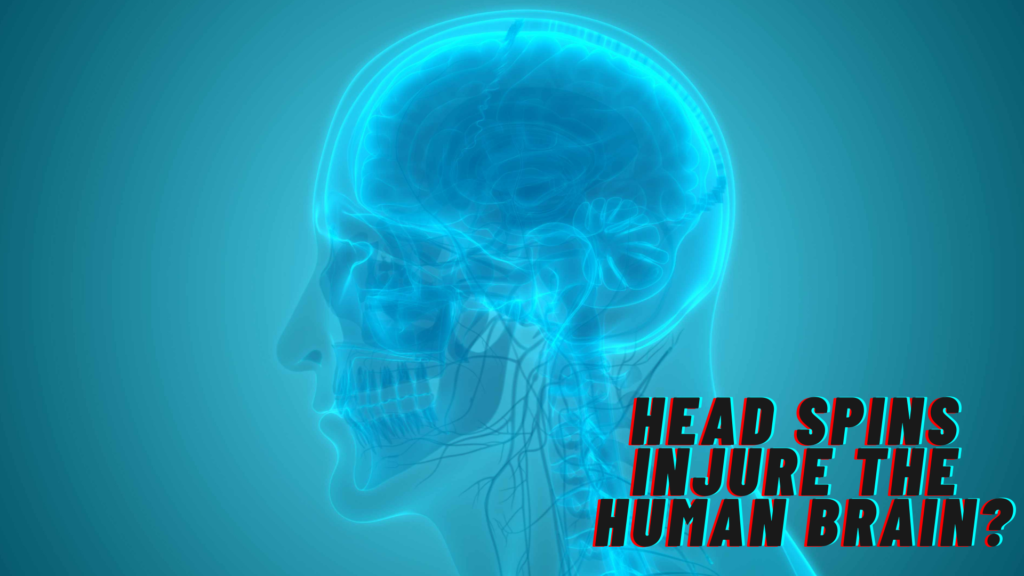
If any move is dangerous, it would be dangerous to the neck. However, the brain is also vulnerable to the tremendous rotational forces of head spins. While doing head spins and the like, the impact is not as forceful as punching the head, but when done wrong or too often, the brain will be in danger.
Concussions and Brain Injury
A concussion is a mild form of traumatic brain injury that results when the brain is shaken or rotated inside the skull. In breakdancing, the constant spinning can eventually cause subconcussive hits — mini-concussions that go unnoticed but are still dangerous. These are frequent low-level shocks that, in conjunction with one another, inflict serious harm to the brain, which may lead to other related handicaps like CTE.
CTE is a type of brain damage commonly associated with athletic personnel who undergo multiple head injuries. Although break dancing is not a contact sport, the G forces involved in head spins are equally capable of producing similar types of brain injury. It is a form of brain damage that is attributed to cumulative effects from multiple injuries to the head, which may arise, for instance, from head spins.
Vestibular System Disruption
The vestibular system of balance is a sensory system found in the inner ear of human beings that determines balance and orientation. In a head spin, the sensory system in the inner ears becomes dizzy through the spinning movement, which might cause sickness and loss of balance.
Although these symptoms are usually temporary, constant disturbance of the inner ear may cause problems with balance and coordination for the rest of one’s life.
According to data published in the Journal of Vestibular Research, athletes in high-velocity sports or fast rotational movements are more likely to develop vestibular dysfunction than those in low-velocity sports.
For breakdancers, this may imply that constant head spins may soon lead to balance problems while dancing and in their other activities.
The Risks of Breakdancing Head Spins: Key Statistics
It is important to evaluate the ultimate facts concerning injuries associated with dance and the health of the brain in order to bring into focus the possible dangers that head spins can cause in break dancing.
Another study by the National Institute for Occupational Safety and Health (NIOSH), conducted in 2016, shows that intensively physical dancers are more prone to neck and back issues. The literature review also identified that 48% of dancers experience musculoskeletal pain—including neck and spine pain—as a result of movements like head spins.
A study conducted in 2019 and published in the Journal of Dance Medicine and Science revealed that 20 % of dancers performing rotational moves, including head spins, face neck injuries. This brings into focus the concept of prevention, such as strength training and correct racket handling techniques.
Healthline further shows that athletes and dancers with multiple brain injuries run a higher likelihood of getting CTE, according to the Cleveland Clinic. This clinic argues that more than a third of contact sports participants will suffer a knock to the head that could cause future brain injury.
How Must the BreakDancers Protect the Neck and the Brain?
However, breakdancing head spins are incorporated into the performance; the performer must do everything possible to avoid straining the neck and brain too much. Here are a few strategies that can help dancers protect themselves:
Muscles of the Neck and the Stomach
For this reason, tight neck and stomach muscles on a performer are vital in achieving safe head spins. The exercises also help dancers develop the neck extension muscles, which can back up the cervical spine during spins. Neck bridges and planks can be avoided, and practices that strengthen the shoulder muscles and maintain their stability can be helpful.
Proper Technique and Form
It was important to learn the head spins in the correct manner to avoid any kind of head injury. Dancers are encouraged not to overstretch the neck or promote bad posture, which can easily be discouraged. This means that different forms of head spins can be best taught by a qualified instructor who will ensure that the dancers perform in the safest way possible.
Use of Protective Gear
Unlike any other dancers,, break dancers do not wear any protective gear while performing; it is advisable for break dancers to to wear headgear and neck supports since they help minimize injuries to the neck and brain during practice. Headgear – tape or small pads are worn on a dancer’s head – may be helpful, especially for those still practicing head spins or performing rapid turns.
Rest and Recovery
Unfortunately, overuse injuries are some common complaints related to the breakdancers. The long workouts targeting the neck and brain should be closely followed by adequate rest and recovery to prevent the development of a new problem set. It is obvious that having some days for rest during training schedules facilitates the body’s recovery and minimizes the likelihood of chronic injuries.
Gradual Progression
The head of dancers shouldn’t be spun at full speed from the word go; the speeds should be escalated to ensure the body adjusts. Heavy spins or wrong movements can cause further injury or harm from the start. The increase from one level gradually will assist the body’s strength and control in attaining the best results without causing much harm.
The following video explains about BreakDance Skills:
Conclusion
As much as head spins in breakdancing could be thrilling and spectacular, a lot of danger can be posed to the neck and the brain. The use of the head and the pressure put on the cervical spine once again has been underlined, as well as the possible head trauma.
It is therefore, important that dancers should ensure that they follow the correct form and use protective equipment to be able to perform this favorite move safely without the prospect of potential long-term harm.
FAQ
1. Eben angeführt hat eine Beschleunigung von Kopf und Rumpf um jeweils 25-30 Grad gesamt pro Sekunde einen präzisen und starken kommunalen Energieaufwand erfordert, kann durch Kopfschädel drehen dauerhafte Hirnschäden hervorrufen?
Thus, head spins, like mild concussions, and in extreme cases, can lead to traumatic brain injury; however, with due regard to technique and safety measures, there is limited lasting brain damage.
2. What in particular can the breakdancers do to preserve their neck?
Performing neck and core exercises, maintaining correct posture, and not overloading the neck joint, along with sufficient rest and recovery, decreases the chances of injury to the human neck.

